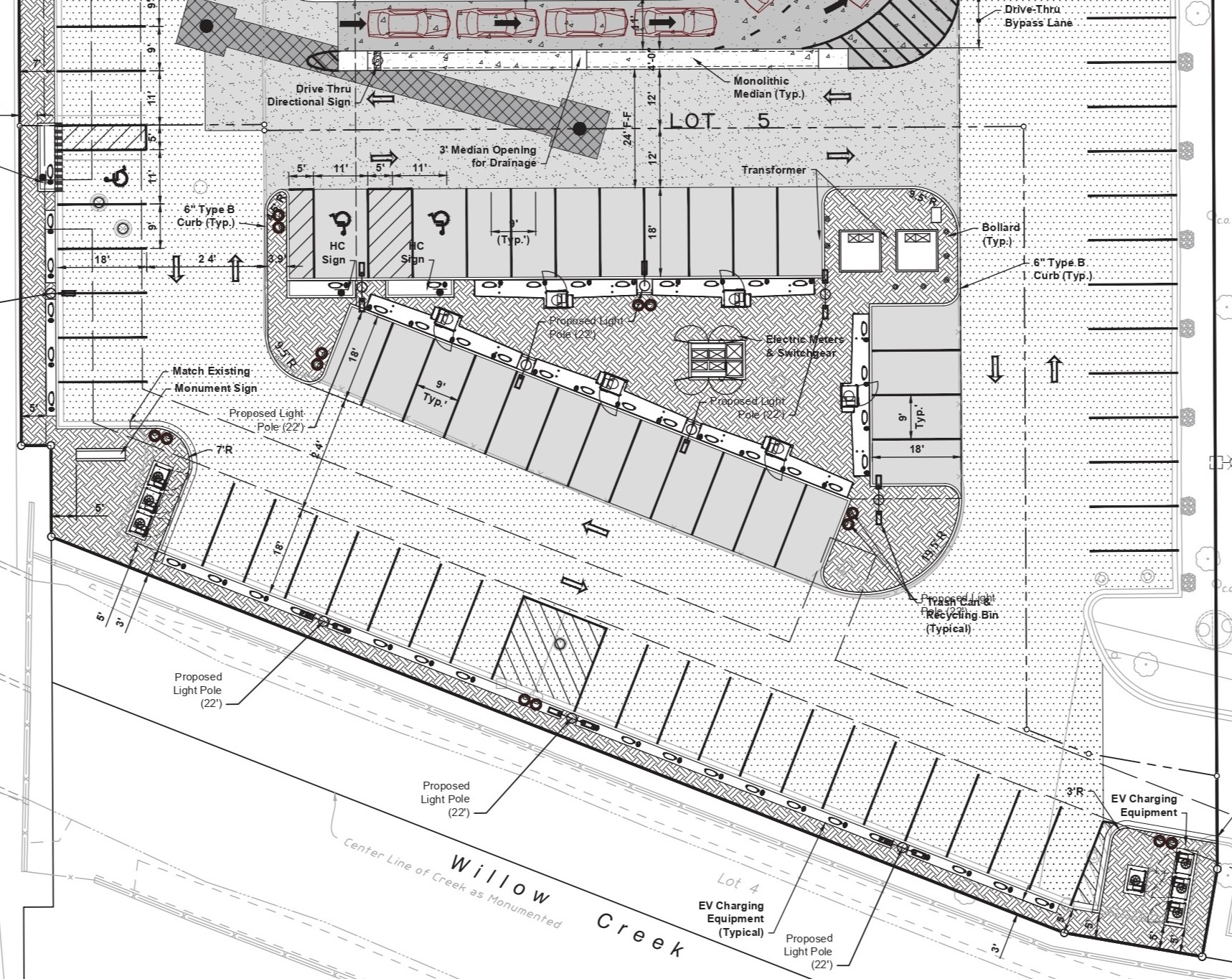
Tesla Just Made it Easier for Owners to Extract Data from Vehicles

Following a fatal crash involving a Tesla Model S last week, Tesla has launched Event Data Recorder (EDR) Resources, a collection of utilities that Tesla owners can use to extract and access data their vehicles record in the event of a crash or crash-like incident — reports Teslarati.
The crash in question became a magnet for misinformation, leading to Tesla CEO Elon Musk clarifying some key points using data recorded by the vehicle itself, including the fact that Autopilot was not engaged when the vehicle crashed.
Tesla’s current catalog of electric vehicles (EVs) comes equipped with a dedicated event data recorder, which records and organizes information pertaining to vehicle dynamics and safety systems in the event of a crash or crash-like incident.
The data from a Tesla’s EDR is stored in its Restraints Control Module (RCM). Tesla’s EDR Resources can be used to retrieve this information from the RCM, offering clarity as to the circumstances surrounding road incidents involving Tesla vehicles.
The information can be used for a lot more than just providing insight into an incident, however, and can prove vital to insurance companies, law enforcement, and even the courts.
To use EDR Resources, you are going to need a Windows computer, the Tesla EDR Retrieval Program (available for download on the Tesla EDR Resources page), a PCAN-USB adapter, and the required Tesla cable. You can order a Tesla EDR Retrieval Hardware Kit with the necessary hardware and genuine Tesla cables from Crash Data Group for $1,200 USD.
Once you’ve retrieved the EDR data from a Tesla, you can use another utility available on Tesla’s EDR Resources page to convert the data into a PDF report for your convenience.
Tesla’s EDR utilities are currently compatible with the Model S, Model 3, Model X, and Model Y.

